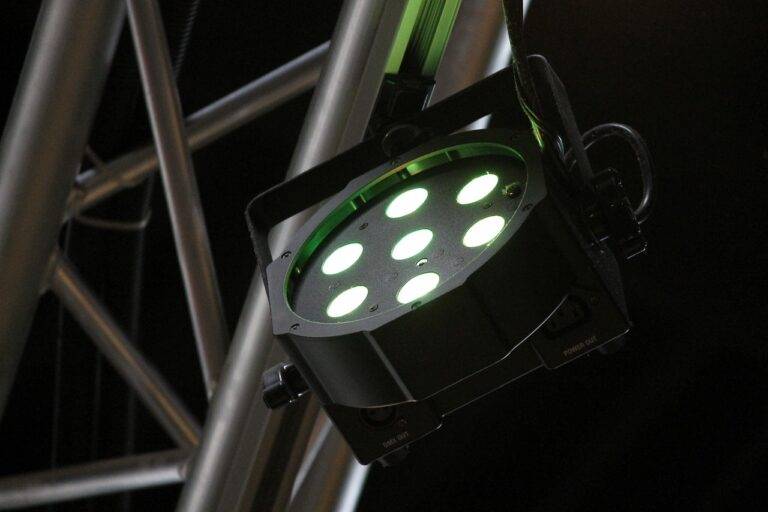Internet of Things (IoT) Security Challenges
Concerns about the vulnerabilities of IoT devices have been on the rise in recent years. These devices, connected to the internet and often collecting sensitive data, have been found to be susceptible to various security threats. From weak default passwords to outdated software, the weaknesses of IoT devices can leave them open to exploitation by malicious actors.
Furthermore, the lack of standardized security protocols across different IoT devices adds another layer of complexity to the vulnerability issue. With no universal guidelines in place, manufacturers may implement varying levels of security measures, contributing to the overall inconsistency in protecting these devices from potential cyber threats. This lack of uniformity not only complicates efforts to safeguard IoT devices but also leaves users at risk of breaches and data compromises.
Lack of Standard Security Protocols
In the realm of IoT devices, one of the most pressing challenges is the absence of standard security protocols. This gap leaves these devices vulnerable to cyber attacks and compromises the privacy and security of users’ data. Without universally agreed-upon protocols in place, manufacturers employ a variety of security measures, often resulting in inconsistencies and weaknesses that malicious actors can exploit.
Furthermore, the lack of standard security protocols makes it challenging for users to ensure the safety of their IoT devices. Many consumers assume that these devices come with built-in security features, only to discover later that they are not adequately protected. This issue not only puts individuals at risk but also contributes to the broader cybersecurity threats facing the interconnected world of IoT.
Data Privacy Concerns
Data privacy concerns have become increasingly prevalent in the realm of technology as more individuals and businesses rely on interconnected devices. The collection and storage of personal data by IoT devices raise serious questions about confidentiality and security. Users must remain vigilant about the potential risks of their information being compromised or misused.
With the lack of clear regulations and standards surrounding data privacy in IoT devices, there is a growing sense of unease among consumers. The absence of strict security protocols leaves room for vulnerabilities that could expose sensitive data to malicious actors. It is crucial for companies and policymakers to prioritize data privacy and implement robust measures to safeguard user information effectively.





